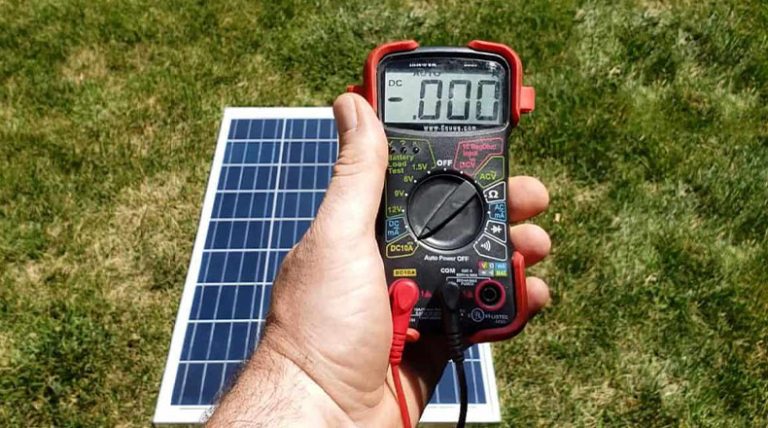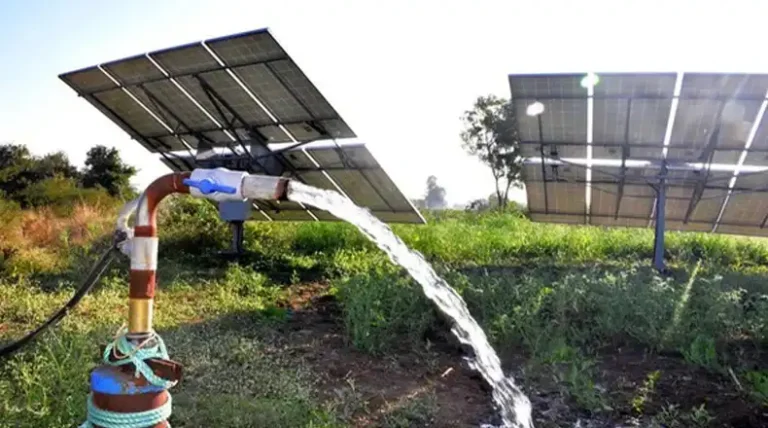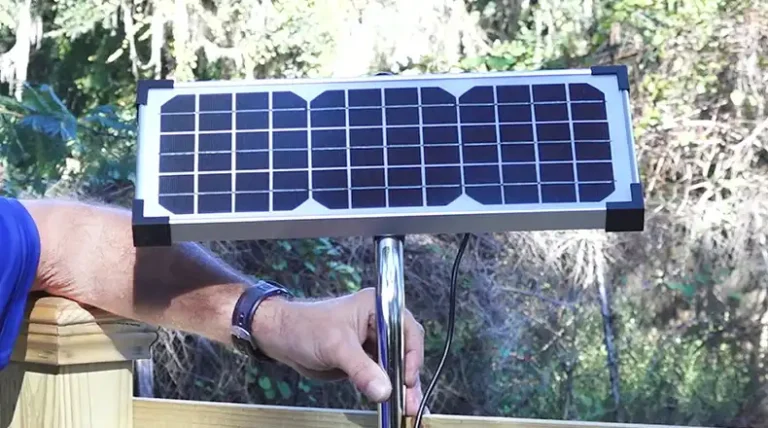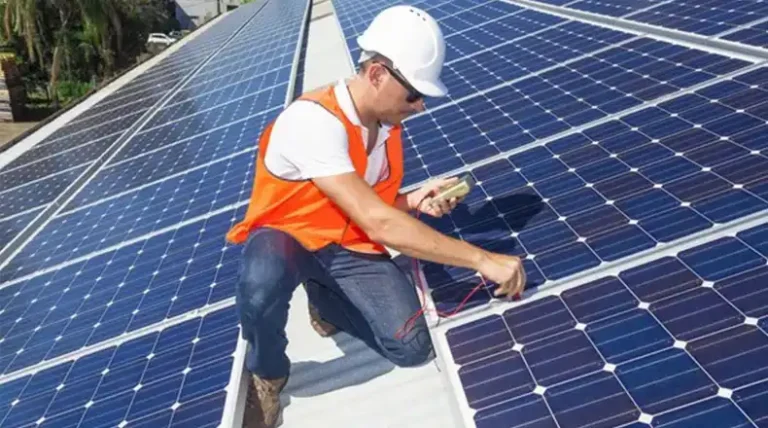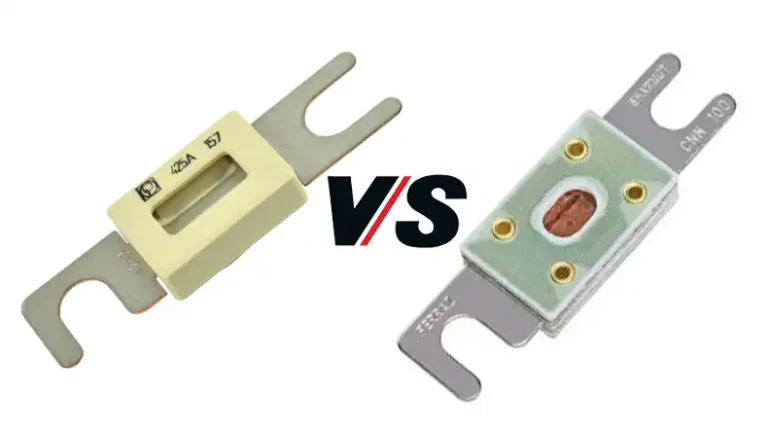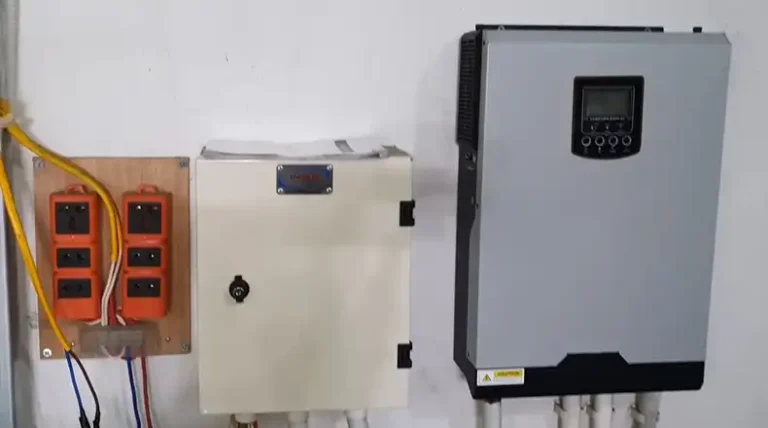How To Clean Solar Panels On Roof Automatically?
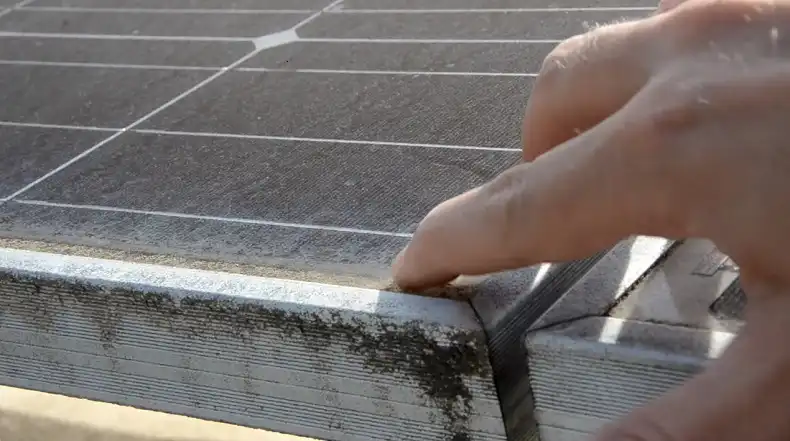
Keeping your solar panels clean is crucial for maintaining their efficiency and maximizing your energy production. But climbing onto your roof with a bucket and sponge isn’t just tedious – it can be downright dangerous.
That’s where automatic solar panel cleaning comes in. By implementing an automated cleaning system, you can ensure your panels stay spotless and perform at their peak without the hassle and risk of manual cleaning.
In this guide, we’ll explore various methods for automatically cleaning roof-mounted solar panels, from high-tech robotic solutions to simple DIY setups.
Whether you’re a homeowner looking to boost your system’s output or a solar professional seeking efficient maintenance strategies, you’ll find practical tips and insights to keep those panels sparkling clean – all while keeping your feet firmly on the ground.
Why Clean Solar Panels?
Keeping your solar panels clean isn’t just about aesthetics – it’s a crucial part of maintaining your solar energy system’s efficiency. Let’s dive into why regular cleaning is so important and how it impacts your system’s performance.
Importance Of Regular Cleaning
Solar panels are designed to capture sunlight and convert it into electricity. However, over time, dust, dirt, pollen, and other debris can accumulate on the surface of your panels.
This buildup can significantly reduce the amount of sunlight reaching the photovoltaic cells, leading to decreased energy production.
Regular cleaning helps ensure that your panels can operate at their full potential, maximizing your return on investment and helping you generate as much clean energy as possible.
Impact On Energy Efficiency
The impact of dirty solar panels on energy efficiency can be substantial. Studies have shown that soiling can cause energy losses of up to 7% annually in parts of the United States, and in dustier regions like the Middle East, these losses can reach a staggering 50%.
By keeping your panels clean, you’re not just maintaining their appearance – you’re actively preserving their ability to generate power efficiently. This translates to more energy savings and a quicker payback period for your solar investment.
Factors Affecting Solar Panel Cleanliness
Several factors can influence how quickly your solar panels accumulate dirt and grime:
- Location: Panels installed in areas with high pollution levels, near factories, highways, or airports, are more prone to rapid buildup of atmospheric grime and oil.
- Surrounding environment: If your panels are near trees, they may collect more leaves and bird droppings, which can significantly obstruct sunlight absorption.
- Climate: Dry and dusty climates, like those found in the Southwest United States or the Middle East, can lead to faster accumulation of sand and dust on panel surfaces.
- Panel angle: The tilt of your roof plays a role in how well rain can naturally clean your panels. Steeper angles allow for better runoff, while flatter installations may lead to water pooling and residue buildup.
Understanding these factors can help you determine how often your panels might need cleaning and what type of automatic cleaning solution might work best for your specific situation.
When to Clean Solar Panels
Knowing when to clean your solar panels is just as important as knowing how to clean them. Let’s explore the ideal cleaning frequency, signs that indicate it’s time for a cleaning, and the best times to carry out this maintenance.
Frequency Of Cleaning
As a general rule of thumb, solar panels should be cleaned at least once or twice a year. However, this frequency can vary depending on your location and the factors we discussed earlier. For instance, if you live in a particularly dusty area or near a source of pollution, you might need to clean your panels more frequently.
Signs That Indicate Cleaning Is Needed
While regular cleaning is important, there are also specific signs you can look out for that indicate your panels might need attention:
- Decreased energy output: If you notice a significant drop in your system’s energy production that can’t be attributed to weather changes, it might be time for a cleaning.
- Visible dirt or grime: Sometimes, you can see the buildup on your panels from the ground. If they look visibly dirty, it’s probably time to clean them.
- Extended periods without rain: In areas with long dry spells, dust and dirt can accumulate more quickly, necessitating more frequent cleaning.
Best Times For Cleaning
Timing is crucial when it comes to cleaning your solar panels. Here are some guidelines:
- Season: Spring is often considered the best time of year to clean solar panels. This is because pollution levels tend to be higher during winter, and a spring cleaning can prepare your system for the sunny summer months.
- Time of day: The best time to clean your panels is in the early morning or late evening when the panels are cooler. Cleaning hot panels can cause rapid cooling and potentially damage the glass.
- Weather conditions: Avoid cleaning on extremely hot days or during peak sunlight hours. Overcast days can be ideal for cleaning as the panels won’t be too hot to touch.
By paying attention to these factors, you can ensure that your cleaning efforts are both safe and effective, maintaining your solar panels’ performance throughout the year.
Automatic Cleaning Methods for Roof-Mounted Solar Panels
Now that we understand the importance of clean solar panels and when to clean them, let’s explore some automatic cleaning methods that can keep your roof-mounted panels in top condition without requiring you to climb onto your roof.
Robotic Cleaning Systems
Robotic cleaning systems are at the forefront of automatic solar panel cleaning technology. These innovative devices are designed to traverse your solar array, removing dirt and debris with minimal human intervention.
Types of robotic cleaners
There are several types of robotic cleaners available in the market:
- Portable semi-automatic robots: These are ideal for smaller installations like carports, greenhouses, and shed roofs. They can be easily moved from one panel to another.
- Fixed roof robots: Designed for large installations in dusty environments, these robots are permanently installed on the roof and can clean panels on a regular schedule.
- Solar-powered autonomous robots: Some advanced systems, like those deployed by Ecoppia in the Middle East, use solar power to operate and can clean panels nightly using microfiber and airflow techniques.
Pros:
- Efficient and thorough cleaning
- Reduces manual labor and safety risks
- Can be programmed for regular cleaning schedules
Cons:
- Higher initial cost
- May require professional installation
- Not suitable for all roof types or panel configurations
Sprinkler Systems
Sprinkler systems offer a simpler automatic cleaning solution. These systems use water sprayers installed above the solar panels to spray water at regular intervals, helping to dislodge dust and dirt.
Pros:
- Relatively low-cost installation
- Can be easily integrated with existing irrigation systems
- Effective for light dust and dirt removal
Cons:
- May not be as effective for heavy soiling or oily residues
- Requires a water source and may increase water usage
- Less precise than robotic systems
Waterless Vibration Technology
Scientists have developed innovative waterless cleaning methods using vibration technology. These systems attach a small motor to the back of the solar panel, causing it to vibrate and shake off dust and debris.
Pros:
- No water usage, making it ideal for water-scarce regions
- Can be effective for dry dust and sand
- Low ongoing maintenance requirements
Cons:
- May not be as effective for sticky or oily residues
- Could potentially cause wear on panel mounting systems over time
- Still in early stages of commercial development
Nanoparticle Coatings
Nanoparticle coatings represent a passive approach to keeping solar panels clean. These advanced coatings are applied to the surface of solar panels to repel dust and make it easier for rain or light cleaning to wash away accumulated dirt.
Pros:
- Reduces the frequency of needed cleanings
- No moving parts or ongoing energy usage
- Can improve panel efficiency in harsh environments
Cons:
- Initial application can be costly
- May need to be reapplied periodically
- Does not completely eliminate the need for cleaning
By understanding these automatic cleaning options, you can choose the method that best suits your specific solar installation, climate, and maintenance preferences.
DIY Automatic Cleaning Solutions
For those who enjoy a hands-on approach or are looking for more budget-friendly options, there are several DIY automatic cleaning solutions you can implement to keep your solar panels clean. These methods may require some initial setup but can provide ongoing cleaning with minimal effort.
Water Sprinkler Setups
Creating your own water sprinkler system can be an effective and affordable way to keep your panels clean. Here’s how you can set one up:
- Choose the right sprinklers: Opt for adjustable sprinkler heads that can cover the entire surface of your solar array.
- Install a timer: Connect your sprinkler system to a programmable timer to automate the cleaning process.
- Adjust water pressure: Ensure the water pressure is strong enough to clean but not so strong that it could damage the panels.
- Consider water quality: If you live in an area with hard water, consider installing a water softener to prevent mineral buildup on your panels.
Long-Handled Cleaning Tools
While not fully automatic, using long-handled cleaning tools can allow you to clean your panels from the safety of the ground, making the process easier and more frequent. Here’s what you need:
- Extendable pole: Choose a sturdy, lightweight pole that can reach your roof.
- Soft brush attachment: Use a brush with soft bristles to avoid scratching the panels.
- Squeegee attachment: This can help remove excess water after cleaning.
- Microfiber cloth: Attach a microfiber cloth to the pole for a final wipe-down.
Homemade Cleaning Solutions
Creating your own cleaning solution can be both cost-effective and environmentally friendly. Here are some options:
- Vinegar solution: Mix equal parts water and white vinegar for an effective, natural cleaner.
- Mild soap and water: Use a small amount of biodegradable soap in water for tougher grime.
- Isopropyl alcohol: For oily residues, a solution of water and isopropyl alcohol can be effective.
Remember, when using any cleaning solution, always rinse thoroughly with clean water to avoid leaving residue that could attract more dirt.
Professional Automatic Cleaning Services
While DIY methods can be effective for many homeowners, there are situations where professional automatic cleaning services might be the best option. Let’s explore when to consider professional help and what costs you might expect.
When To Consider Professional Services
Professional cleaning services can be beneficial in several scenarios:
- Large-scale installations: If you have a large solar array, professional services with specialized equipment can clean more efficiently.
- Hard-to-reach panels: For panels on particularly high or steep roofs, professional cleaners have the necessary safety equipment and expertise.
- Stubborn dirt or stains: If your panels have accumulated tough-to-remove grime or mineral deposits, professionals may have more effective cleaning solutions.
- After extreme weather events: Following storms, wildfires, or other events that can leave significant debris on your panels, professional cleaning might be necessary.
- Regular maintenance contracts: Some solar companies offer regular cleaning as part of their maintenance packages, ensuring consistent care for your system.
Cost Considerations
The cost of professional cleaning services can vary widely depending on several factors:
- System size: Larger systems typically cost more to clean.
- Roof accessibility: If your roof is difficult to access, it may increase the cost.
- Cleaning frequency: Regular cleaning contracts might offer better rates than one-time cleanings.
- Location: Prices can vary by region and local market conditions.
- Type of cleaning: Advanced cleaning methods or the use of specialized equipment may cost more.
On average, professional cleaning services can range from $100 to $300 per cleaning session for residential systems. However, it’s important to weigh this cost against the potential energy savings from well-maintained, clean panels.
Safety Considerations for Automatic Solar Panel Cleaning
Safety should always be a top priority when it comes to maintaining your solar panel system, even with automatic cleaning methods. Let’s discuss some crucial safety considerations to keep in mind.
Importance Of System Deactivation
Before any cleaning or maintenance takes place, whether it’s automatic or manual, it’s crucial to ensure your solar panel system is properly deactivated. Here’s why:
- Electrical safety: Solar panels continue to generate electricity as long as they’re exposed to light. Deactivating the system reduces the risk of electrical shock.
- Prevent system damage: Some cleaning methods, especially those involving water, could potentially damage active electrical components.
- Comply with warranties: Many manufacturers require system deactivation before cleaning to maintain warranty validity.
Avoiding Roof Access When Possible
One of the main benefits of automatic cleaning systems is that they reduce or eliminate the need for roof access. This is important for several reasons:
- Fall prevention: Climbing on roofs, especially sloped ones, carries a significant risk of falls and injuries.
- Roof damage: Walking on roofs can damage shingles or other roofing materials, potentially leading to leaks.
- Panel damage: There’s always a risk of accidentally stepping on or damaging panels when accessing the roof.
If roof access is absolutely necessary, consider these safety measures:
- Use proper safety equipment, including a harness and non-slip shoes.
- Never work alone – always have someone else present.
- Choose a calm, dry day with good visibility.
- Be aware of power lines and other potential hazards.
By prioritizing safety in your automatic cleaning setup, you can enjoy the benefits of clean, efficient solar panels without putting yourself or your system at unnecessary risk.
Final Words
Keeping your solar panels clean is essential for maintaining their efficiency and maximizing your energy production. Automatic cleaning methods offer a convenient and effective way to ensure your panels stay in top condition without the need for frequent manual cleaning.
From robotic systems and sprinklers to innovative coatings and DIY solutions, there are numerous options available to suit different needs and budgets. When choosing an automatic cleaning method, consider factors such as your local climate, panel installation, and maintenance preferences.

